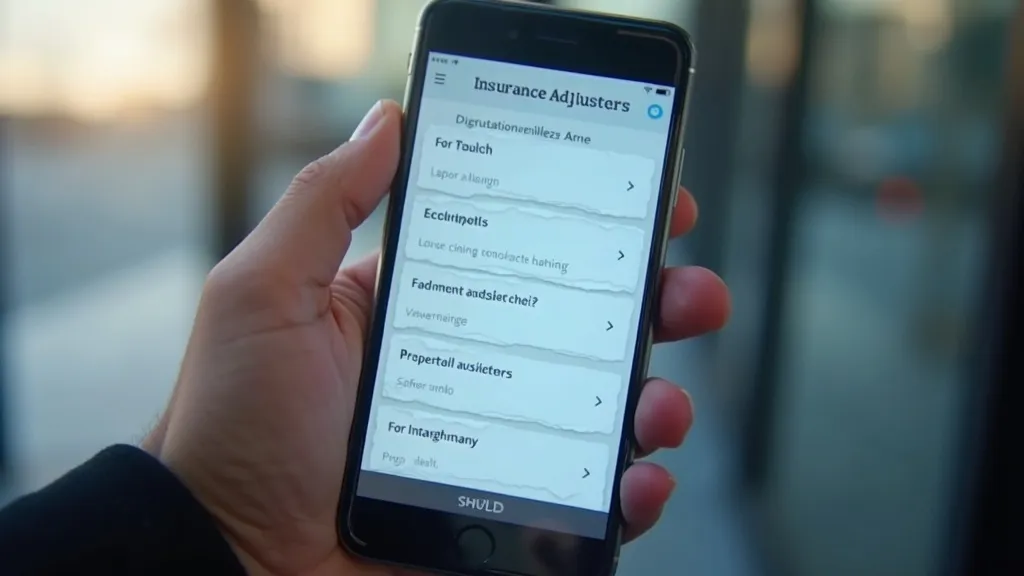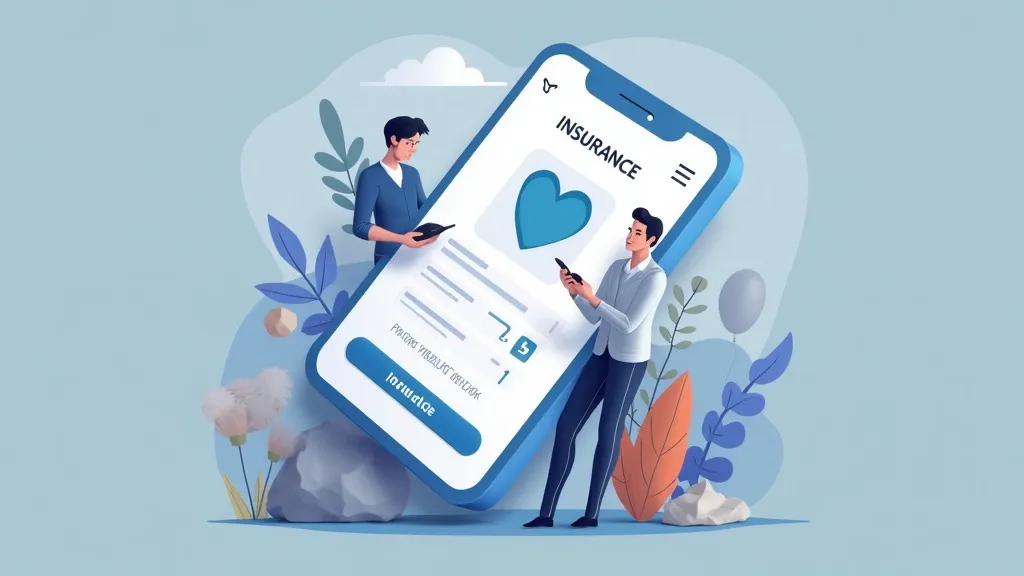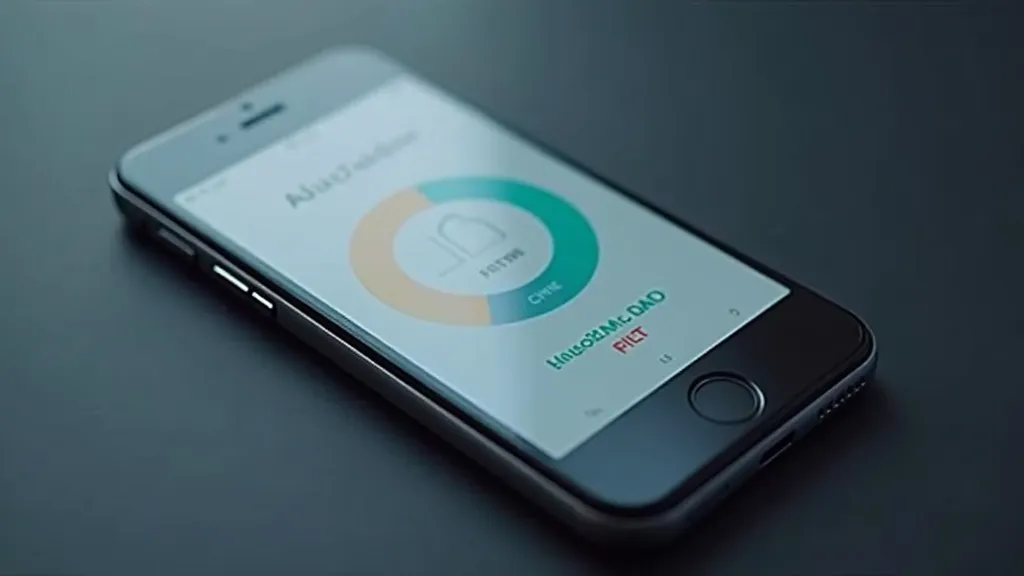Tips for HIV Prevention: Understanding PrEP and Staying Safe
Understanding how to prevent HIV involves awareness and taking proactive steps including the use of PrEP (pre-exposure prophylaxis).

HIV (Human Immunodeficiency Virus) is a serious health concern, but with the right knowledge and tools, it can be effectively prevented. One of the most significant advancements in HIV prevention is the use of Pre-Exposure Prophylaxis (PrEP). This guide will provide you with essential tips for HIV prevention, including an overview of PrEP and other strategies to stay safe.
1. Understanding PrEP
What is PrEP?
- PrEP is a medication taken by HIV-negative individuals to reduce the risk of contracting HIV. When taken consistently, PrEP can lower the risk of HIV transmission by up to 99%.
Who Should Consider PrEP?
- Individuals at high risk of HIV exposure, including:
How to Access PrEP:
- Consult with a healthcare provider to discuss your risk factors and determine if PrEP is right for you.
- Regular follow-ups are necessary to monitor kidney function and ensure ongoing HIV-negative status.
2. Safe Sex Practices
Use Condoms:
- Condoms are highly effective in preventing HIV and other STIs. Always use them during vaginal, anal, and oral sex.
Limit Number of Sexual Partners:
- Reducing the number of sexual partners can lower your risk of exposure to HIV and other STIs.
Get Tested Regularly:
- Regular testing for HIV and STIs is crucial for sexually active individuals, especially those with multiple partners. Knowing your status helps you make informed decisions.
Communicate with Partners:
- Open discussions about sexual health, HIV status, and prevention methods with partners can help reduce risks.
3. Additional Preventive Measures
Post-Exposure Prophylaxis (PEP):
- PEP is an emergency medication taken after potential exposure to HIV. It must be started within 72 hours and taken for 28 days. Consult a healthcare provider immediately if you believe you’ve been exposed.
Vaccinations:
- Stay up to date with vaccinations for hepatitis A and B, as well as HPV, which can help protect against other infections.
Limit Alcohol and Drug Use:
- Substance use can impair judgment and lead to risky sexual behaviors. Staying sober can help you make safer choices.
4. Healthy Lifestyle Choices
Maintain a Healthy Immune System:
- Eating a balanced diet, exercising regularly, and getting enough sleep can help keep your immune system strong.
Avoid Sharing Needles:
- If you use injectable drugs, never share needles or other drug paraphernalia. Seek help for substance use if needed.
Educate Yourself and Others:
- Stay informed about HIV prevention and treatment options. Share this knowledge with friends and loved ones to promote awareness.
5. Support and Resources
Join Support Groups:
- Connecting with others who are knowledgeable about HIV prevention can provide support and encouragement.
Utilize Online Resources:
- Websites like the Centers for Disease Control and Prevention (CDC) and local health departments offer valuable information on HIV prevention and resources.
Talk to Healthcare Providers:
- Regular check-ups with healthcare professionals can help you stay informed about your health and any new prevention methods.
Conclusion
Preventing HIV is a shared responsibility that requires awareness, education, and proactive measures. Understanding PrEP and incorporating safe sex practices into your lifestyle can significantly reduce your risk of HIV transmission. By staying informed and making healthy choices, you can protect yourself and your partners from HIV and contribute to a healthier community. If you have questions or concerns about HIV prevention, don’t hesitate to reach out to a healthcare provider for guidance.










